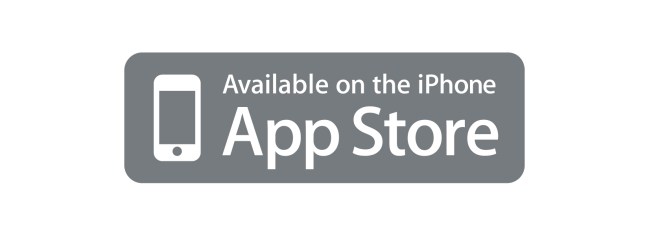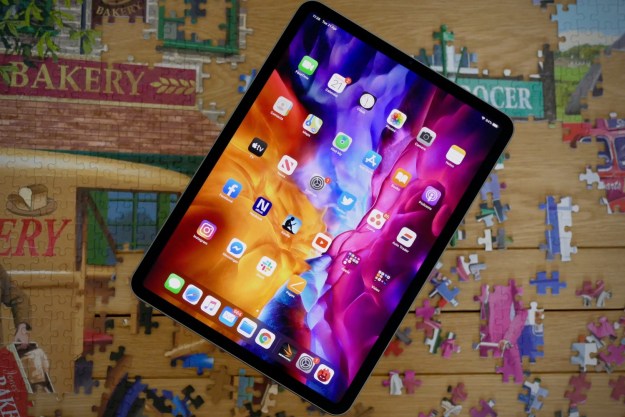
Apple has quietly revised its In-App Subscriptions pricing guidelines, reports MacRumors. The changes are sure to be a hit with app publishers, as the policy no longer includes the loathed requirement that they offer the “same price or less than it is offered outside the app.” In fact, Apple has done away with pricing guidelines entirely.
While Apple has successfully convinced a significant number of magazine and newspaper publishers to sign on to the subscription plan — a testament of the importance of the iPad line for the publishing industry — the limits on pricing were, by far, the most hated part. This is because the stipulations required publishers to offer App Store customers the lowest price, regardless of whether the publication wanted to make that particular deal or not. The constricting policy caused the Financial Times to drop its iOS app entirely this week, and replace it with a web app, which gave them significantly more control over pricing. Whether that played any part in Apple’s decision to cut down the subscriptions rules remains unclear (and also unlikely).
This is how the clause in the subscription policy read prior to the change. (The parts that changed have been bolded):
11.13 Apps can read or play approved content (magazines, newspapers, books, audio, music, video) that is sold outside of the app, for which Apple will not receive any portion of the revenues, provided that the same content is also offered in the app using IAP at the same price or less than it is offered outside the app. This applies to both purchased content and subscriptions.
And this is how it reads now:
11.14 Apps can read or play approved content (specifically magazines, newspapers, books, audio, music, and video) that is subscribed to or purchased outside of the app, as long as there is no button or external link in the app to purchase the approved content. Apple will not receive any portion of the revenues for approved content that is subscribed to or purchased outside of the app.
So, while this keeps app makes from installing links to outside paid content, it also resolves the ambiguities in the previous version, which made it unclear whether services like Netflix needed to comply with the policy. Now, it is obvious that they do not.
This significant change should make publishers happy, and likely remove the barrier that has kept some publications off iOS.
Editors' Recommendations
- How to download iPadOS 18 on your iPad right now
- Best Prime Day tablet deals: What to expect in 2024
- Apple did something weird at WWDC 2024
- Apple just announced the biggest Siri update in years. Here are all the details
- Apple just announced iPadOS 18. Here are the most exciting features

